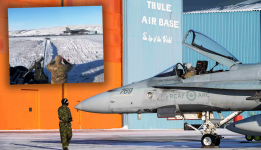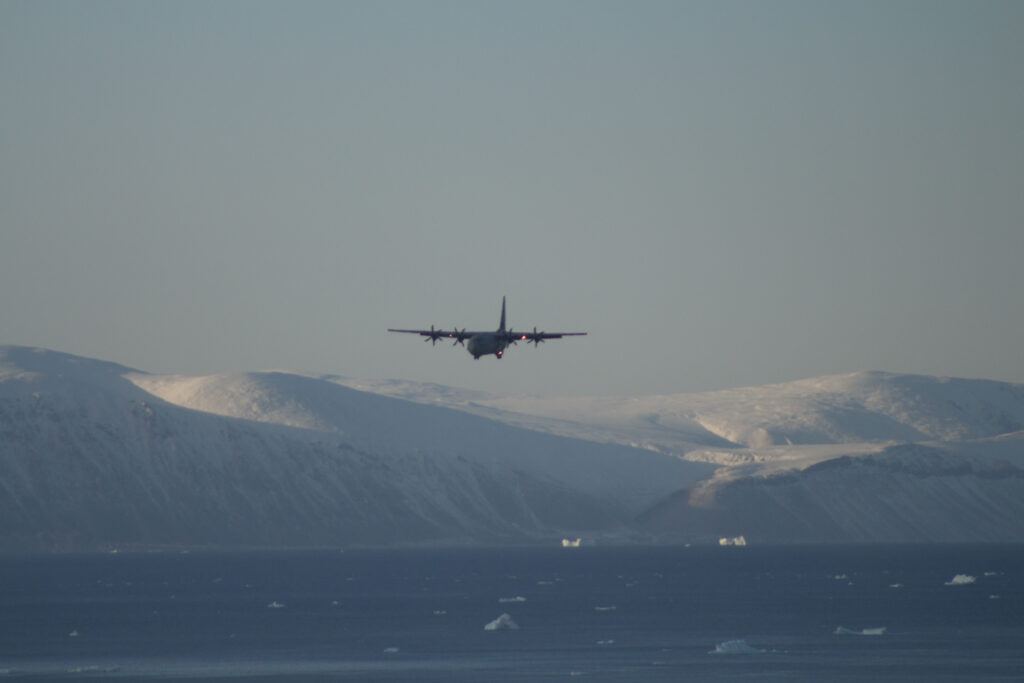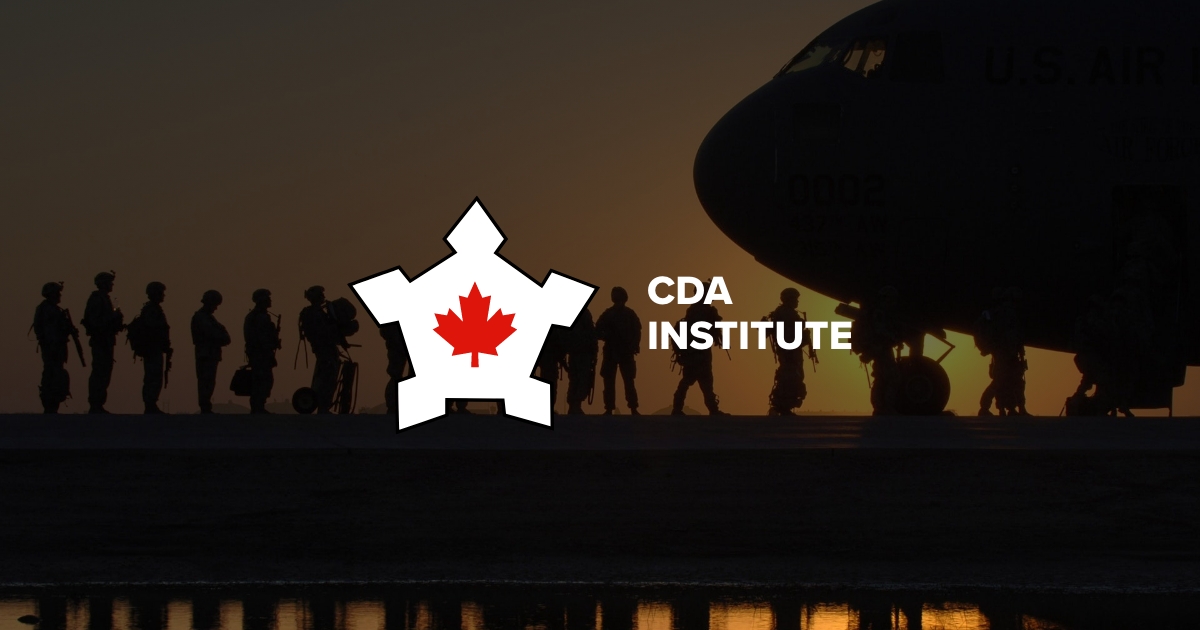- Reaction score
- 146
- Points
- 710
Prof. Andrea Charron of U. of Manitoba featured in this piece at “HIgh North News” from Norway–note US Army and NORAD exercise:
Mark
Ottawa
NORAD, NORTHCOM Strategy Highlights Changing Strategic Environment in the Arctic
“In today’s changing geopolitical environment not to mention environmentally changing world, Canada and the US need to rethink continental defence,” Dr. Andrea Charron, Director of the Centre for Defence and Security Studies says…
Dr. Andrea Charron, Associate Professor and Director of the Centre for Defence and Security Studies (CDSS) at the University of Manitoba in Canada, explains that the strategy builds on the thinking of successive NORAD and USNORTHCOM commanders who recognized that continental defence is often overlooked in favour of deployments away.
“In today’s changing geopolitical environment not to mention environmentally changing world, Canada and the US need to rethink continental defence,” Charron writes in an e-mail to High North News…
The launch of the strategy comes just a few days early of the new US Army Arctic strategy, which lays out how the Army can better position itself to operate in the region.
The strategy emphasizes developing and strengthening Arctic partnerships, stating that “we will defend the United States and Canada in and through the Arctic, with allies and partners, including Indigenous peoples and governments, by building Arctic awareness, enhancing Arctic operations, capabilities, infrastructure, and ensuring a credible defense presence. Improving our DA, polar communications capability, and ability to conduct sustained multi-domain operations are priorities.”
“It is encouraging to see that the strategy thinks about the necessary and important partnerships with indigengous peoples in the Arctic. Canada has been ahead of the US in this respect,” Charron adds.
Arctic Air Defence Exercise
On Wednesday, NORAD announced it will be conducting the Arctic air defence exercise, AMALGAM DART From March 20 to 26, 2021. The exercise which will include a variety of military aircraft from the Royal Canadian Air Force and United States Air Force.
The aircrafts will be operating out of northern locations including Whitehorse, Y.T., Yellowknife, N.W.T, Edmonton, Alta., Goose Bay, N.L, Iqaluit, Nun, and Thule, Greenland [emphasis added],” the NORAD press statement says.
According to the statement, the exercise will provide the opportunity to improve skills as Canadian and U.S. forces operate together with allies and partners in the Arctic.
NORAD routinely conducts exercises using a variety of scenarios including airspace restriction violations, hijackings, and responses to unknown aircraft.’
https://www.highnorthnews.com/en/no...hlights-changing-strategic-environment-arctic
Mark
Ottawa









